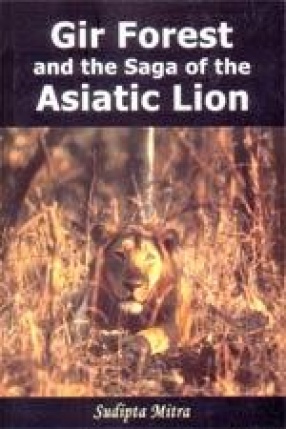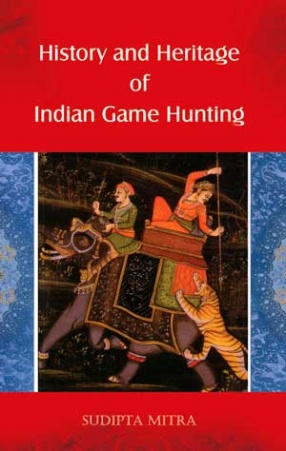The ultimate habitat of the dwindling population of the Asiatic lion has been preserved and protected for centuries in a small locale in Saurashtra region of Gujarat. Over the ages, the area derived its name from the ancient Girnar hills and came to be known as Gir Forest. The vibrant culture of Junagarh had an overwhelming influence over the forest. Gir also had its own entity in the Mahabharata and in the medieval history. The ancient settlers still living inside the forest are a cosmopolitan admixture originating from Iran, Baluchistan, Africa and northern India. The later migrants, in course of time, drove out the original inhabitants-the Bhils and Koles. A comparative account of the Maldharis of Gir and the ethnic Massais of Africa has evolved a remarkable facet, which was never discussed before. This enchanting account of living in harmony with the wilderness is interwoven with a number of anecdotes of their hardship, struggle for existence, dependency on the forest for livelihood and their occupation as pastoralists. The book is not just a text describing a species, but also captures a fleeting glimpse of all cross-sections of the colourful forest. Lion is a name synonymous with Africa and its existence outside the continent is unknown to most people in the world, even to many Indians. India holds the unique distinction of having a combination of tigers and lions since the prehistoric epoch. The Asiatic lion ins on the verge of extinction and is enlisted in the Red Data Book of IUCN as “critically endangeredâ€. This raises afresh the question whether Gir is a safe haven for the lions, or has the time come to search for a new home for the king of the forest? Written in an archetypal style with 32 coloured photographs, this book will be highly informative and useful for all wildlife enthusiasts.
Gir Forest and the Saga of the Asiatic Lion
In stock
Free & Quick Delivery Worldwide
Bibliographic information
Title
Gir Forest and the Saga of the Asiatic Lion
Author
Edition
1st ed.
Publisher
ISBN
8173871833
Length
254p., Maps; Plates; Bibliography; Index; 23cm.
Subjects








There are no reviews yet.